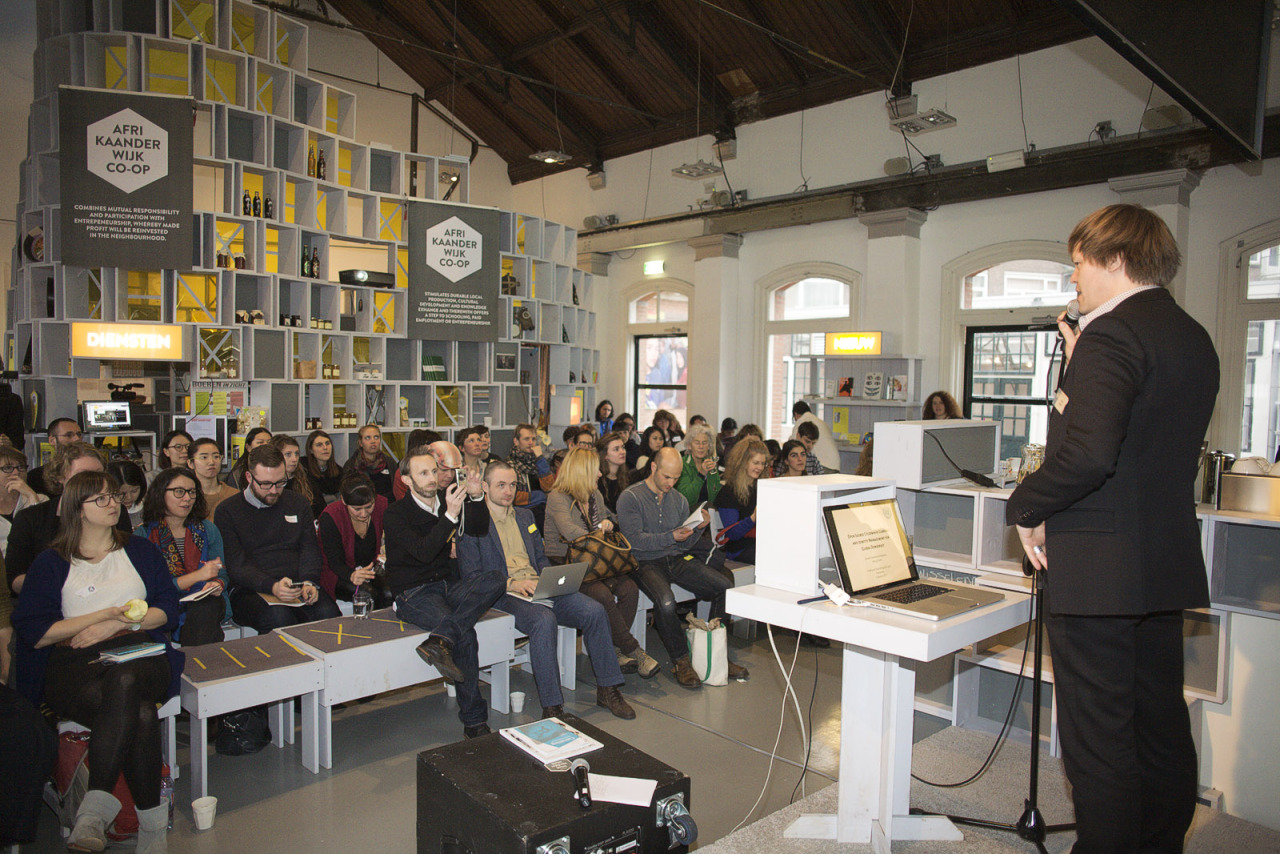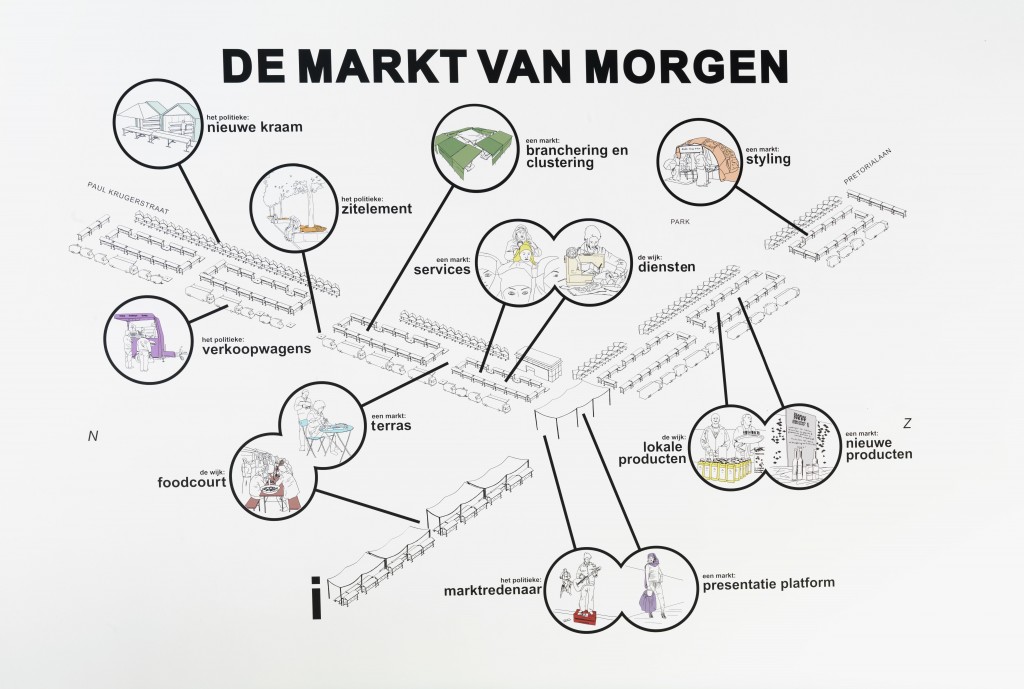Diastole & Systole {reflections on social design and participatory art}
The cardiac cycle is divided into five phases, two of which imply a radical change of pressure in the heart: the diastole (or joint diastole) and the systole (or atrial systole). During the diastole, the heart is relaxed and the ventricles are expanding and filling up with blood: on this point the pressure in the heart (ventricles) is low; during the systole, the atria contracts, pumping blood into the ventricles and, therefore, generating a considerable increase in the pressure of the heart. After being part of the FREEHOUSE team for 6 months (being part of what people call the community), and having a further understanding of “socially engaged practices”, I consider this to be the best analogy to understand and face these types of projects.
A couple of weeks before finishing my internship with FREEHOUSE, I spoke personally with Jeanne van Heeswijk, expressing her some critical observations I had from my experience within the project. She listened attentively, without answering or excusing anything, but with the intention to understand the reasons behind my arguments. One of my observations was what I saw as a division between the people of the neighbourhood and the people working for FREEHOUSE; a relation that I saw as an “us and them” (basic condition for ‘identification’, according to Rancière). This feeling came about during a moment of low pressure of the project or, as Jeanne put it, a moment of low concentration of energy, which could be compared to the diastole of the cardiac cycle. She explained that, during its more than 5 years of existence, FREEHOUSE had been constantly generating concentrations of energy, to then disperse throughout the neighbourhood. On this context, the Wijkwaardenhuis (house of goods and values of the neighbourhood), attempted to generate a concentration of energy around one place (which before could have been an event, festival, workshop, etc), in a moment when there was low concentration of energy around the project, and the effects of past actions and projects where already dispersed around the district. In this context, the WWH wanted to take the place of the heart, by accumulating energy (blood) to then spread again around the neighbourhood. The WWH leveraged on the network of FREEHOUSE within the Afrikaanderwijk to bring attention to the values existing in the neighbourhood.
Just as the cardiac cycle, the WWH started with low pressure, with its space and time being naturally filled with activities from different constituents of the neighbourhood. This active programing represented a broad vision of what we understood as cultural production, with activities ranging from cooking workshops to dancing lessons, and from fashion shows to a spa. Every activity was either initiated by a local entrepreneur –or a group of them, or it had the participation of them (when initiated by the FREEHOUSE team), and most of them directly profited from the activation of the local economy. And this is precisely how the WWH is not a social centre: it was not aimed towards the leisure time of the neighbours, but favouring the creation of real economic alternatives based on the people’s skills. Even though it existed quite before the WWH, the Wijkkeuken van Zuid is a great example of this, for it taps into the skills and knowledge of different people from diverse backgrounds to create a cooperative business around food. Today, nearly 15 people work with the kitchen, directly profiting from their activity.

Initially conceived as a temporary project, the Wijkwaardenwuis was expected to close it doors by the middle of January of 2014, after more than 8 months of existence. This was a diastolic process, where local values were highlighted and energy was concentrated through different activities and events. Then, the moment came when this energy had to be spread again throughout the neighbourhood, through a systolic process. For this means, Ahsraf Osman, a researcher and curator based in Philadelfia, was invited to curate a symposium that would mark this transition. “FREEHOUSE: Radicalizing the Local” took place from the 15th to the 17th of January of 2014, with over 35 people invited as speakers, moderators and reporters of the event, and nearly 300 people participating in the different activities. Now lies the challenge of allowing for all the energy and knowledge accumulated during those three days to be spread again through the veins of the neighbourhood.
Gunter Pauli, author of ‘The Blue Economy’, director of ZERI (Zero Emissions Research Initiative) and international consultant and speaker in sustainability issues, calls us to “understand the flows”. By this, he is not referring exclusively to natural ecosystems, but especially to social and economic systems, idea which connects to Bernard Lietaer conception of economy as a natural ecosystem. Seeing social structures as biological systems is probably the best way to understand them and, therefore, to act upon –within- them. This is probably where the success of FREEHOUSE lies: even without being explicit about it, it understands a neighbourhood as a human body and its interventions are always concordant to that; not in vain, Jeanne constantly refers to her work as urban acupuncture. This does not mean that FREEHOUSE falsely pretends to be the heart of the neighbourhood, but that it would tackle the issues in the heart of its system, by allowing the energy (values, skills, knowledge) to flow in its natural way.

